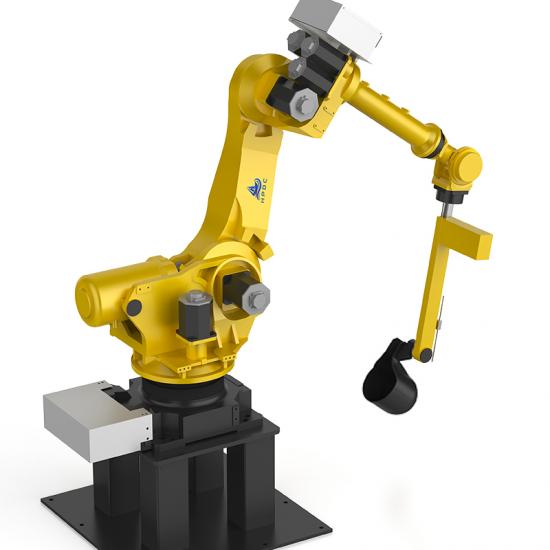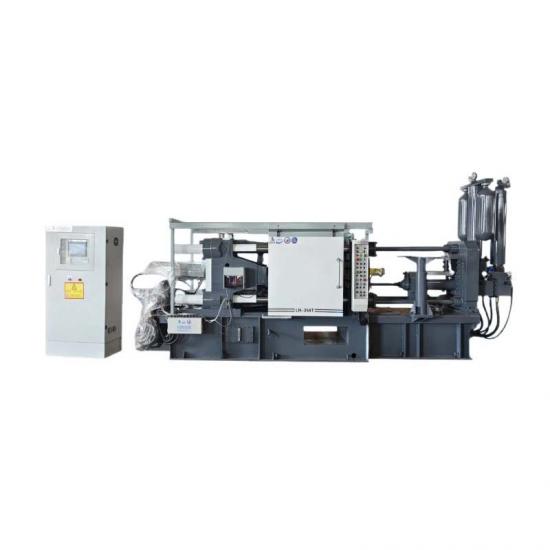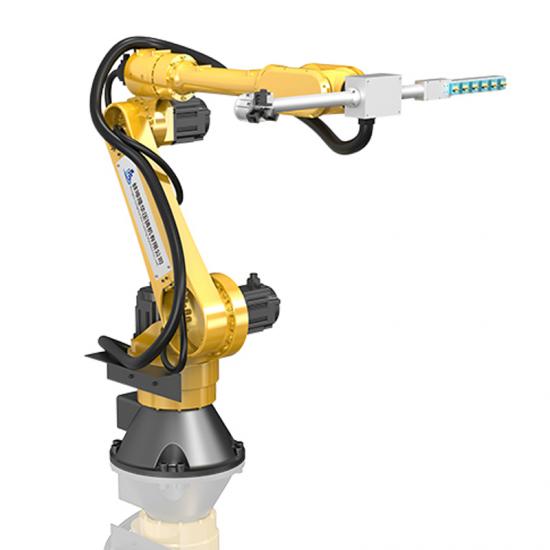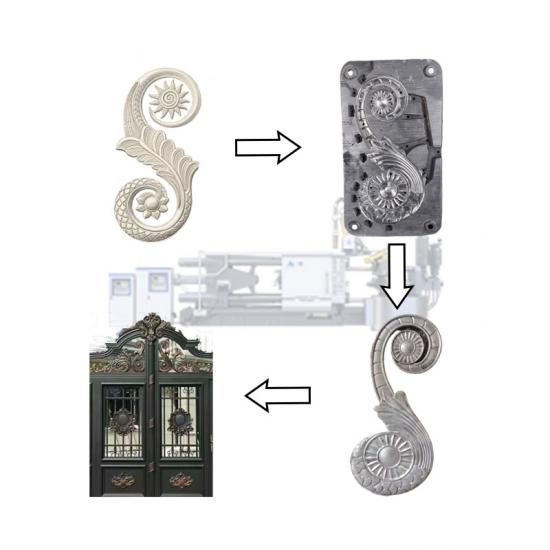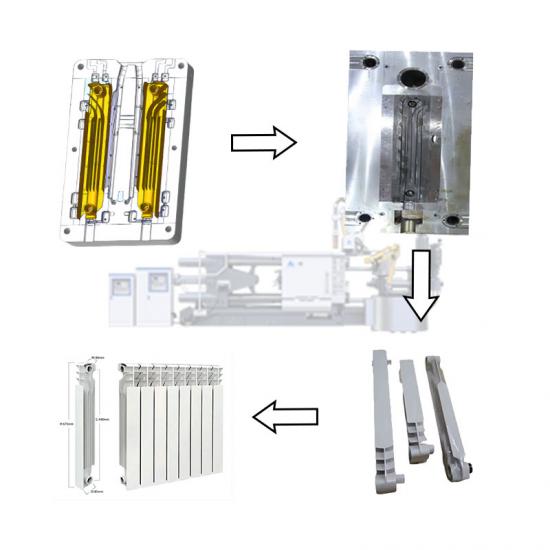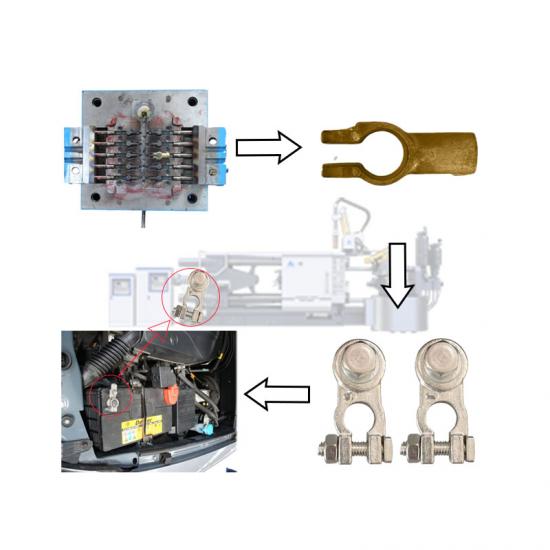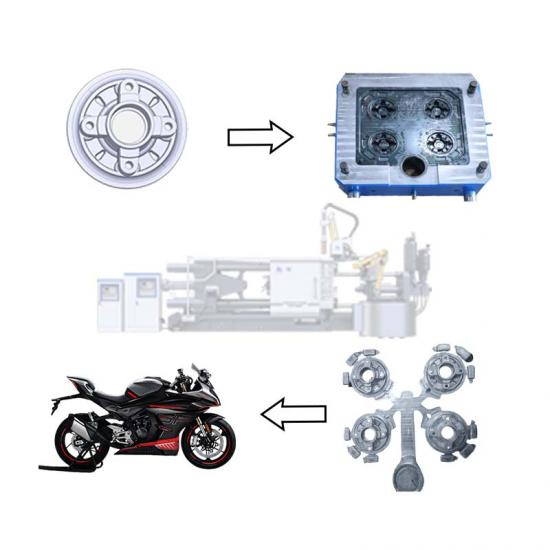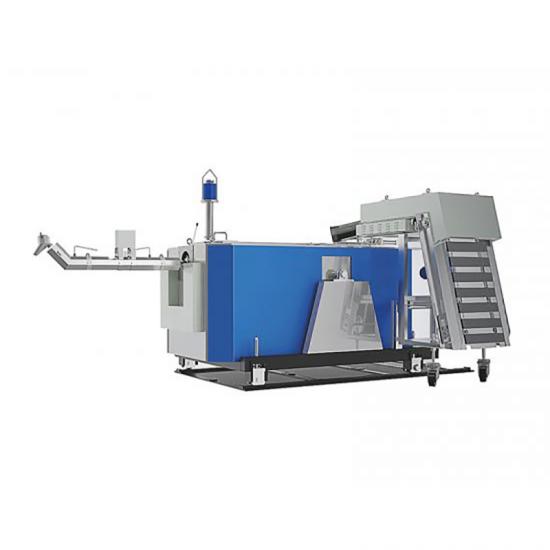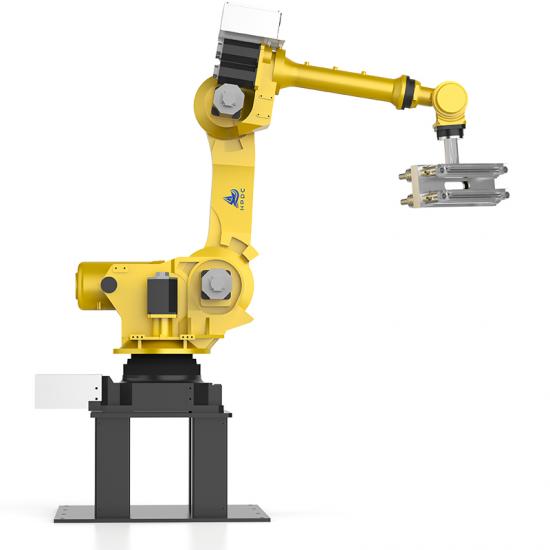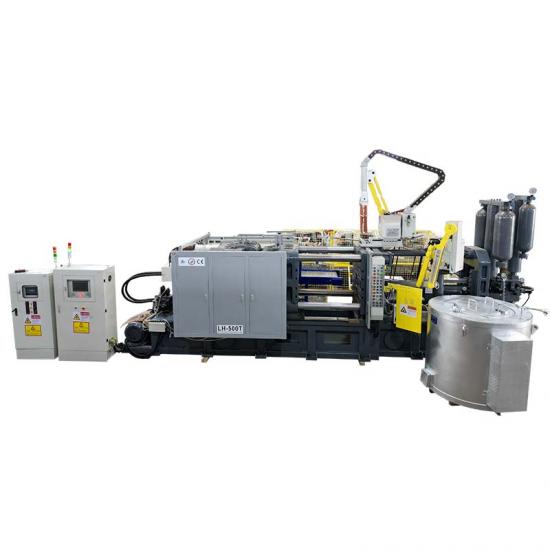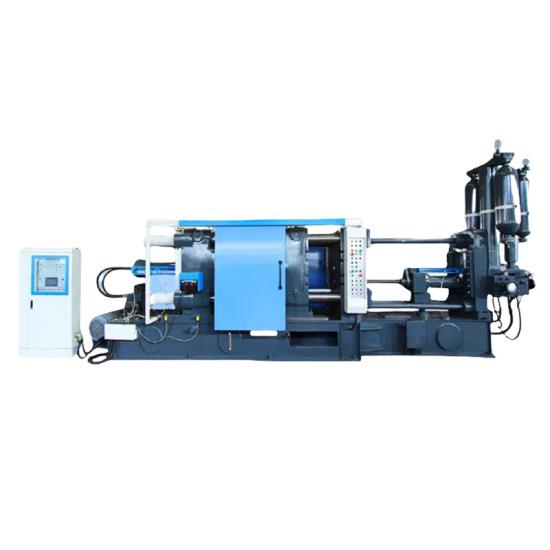Spot coolers and mold temperature controllers are two common devices used to control mold temperature. They have some differences in working principles and application scenarios:
1. Cooling machine:
Working principle: The spot cooler controls the temperature of the mold by directly injecting refrigerant into the cooling channel in the mold. The refrigeration process is usually accomplished using components such as compressors, condensers, evaporators, and control systems.
Application scenario: The spot cooler is suitable for scenarios where precise control of mold temperature is required, especially for large and complex molds and production processes that require high product quality. Spot coolers generally provide greater temperature control accuracy and stability.
2. Mold temperature controller:
Working principle: The mold temperature controller circulates the heat transfer medium (usually water or oil) through the cooling channels of the mold to absorb or release heat to control the temperature of the mold. The mold temperature controller includes heating elements, circulation pumps, control systems and other components.
Application scenario: Mold temperature controller is suitable for situations where the mold temperature requirements are not too strict, such as in plastic injection molding, die-casting and other production processes. Mold temperature controllers generally provide relatively low cost and simpler operation, but the temperature control accuracy may not be as high as that of spot coolers.
In general, spot coolers are suitable for production scenarios with higher mold temperature control requirements, while mold temperature controllers are more suitable for general mold temperature control needs. The choice of which equipment to use should be determined based on specific production needs, mold design and product quality requirements.












